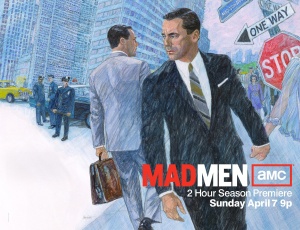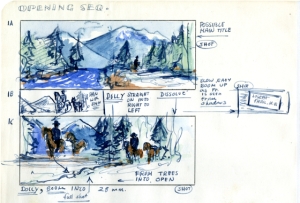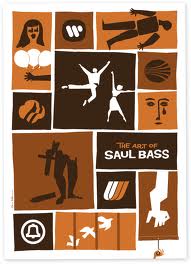How to seduce the viewer, the consumer, the public? A show that has explored that driving question in very powerful, incisive, and grownup ways has been the series Mad Men, which is reaching its final episode in just a few days. This article by Brooke Marine from Vulture features the work of co-producer Josh Weltman, who was brought on board Mad Men by creator and showrunner Matt Weiner to create fictional period-appropriate advertising for protagonist adman Don Draper.
The challenges presented by commercial work have been explored in Moving Images and in previous posts on this blog, including an appreciation of Saul Bass and the close-up interview with Kevin Goff, creator of the 2015 Esurance ad featuring the Breaking Bad Walter White character and McDonald’s “Mom vs. Dad” and “The Last Fry,” among others. Besides “seducing strangers,” as Josh Weltman puts it, how about simply keeping the attention of teenagers or college students? That’s the enormous challenge faced by any young filmmakers creating ads or PSAs for high school or university contexts. It’s also a tall order that can help any young adpeople to hone their communications skills for some of the toughest audiences imaginable. And this helps all students to understand and critique the media messages that they face every day.



